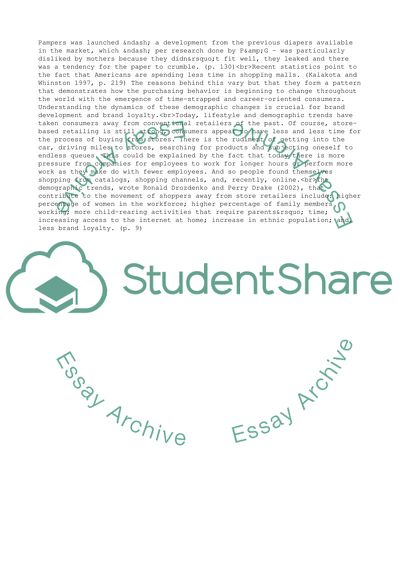Cite this document
(“Creating And Sustaining Brand Equity Long Term Case Study - 20”, n.d.)
Creating And Sustaining Brand Equity Long Term Case Study - 20. Retrieved from https://studentshare.org/management/1556478-essay
Creating And Sustaining Brand Equity Long Term Case Study - 20. Retrieved from https://studentshare.org/management/1556478-essay
(Creating And Sustaining Brand Equity Long Term Case Study - 20)
Creating And Sustaining Brand Equity Long Term Case Study - 20. https://studentshare.org/management/1556478-essay.
Creating And Sustaining Brand Equity Long Term Case Study - 20. https://studentshare.org/management/1556478-essay.
“Creating And Sustaining Brand Equity Long Term Case Study - 20”, n.d. https://studentshare.org/management/1556478-essay.


